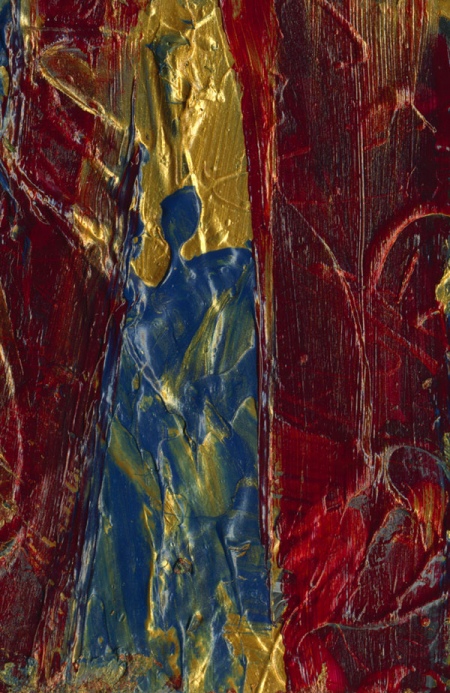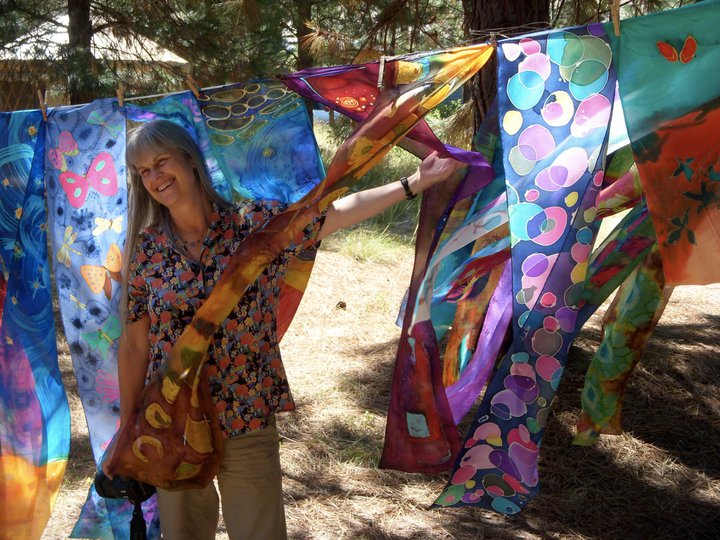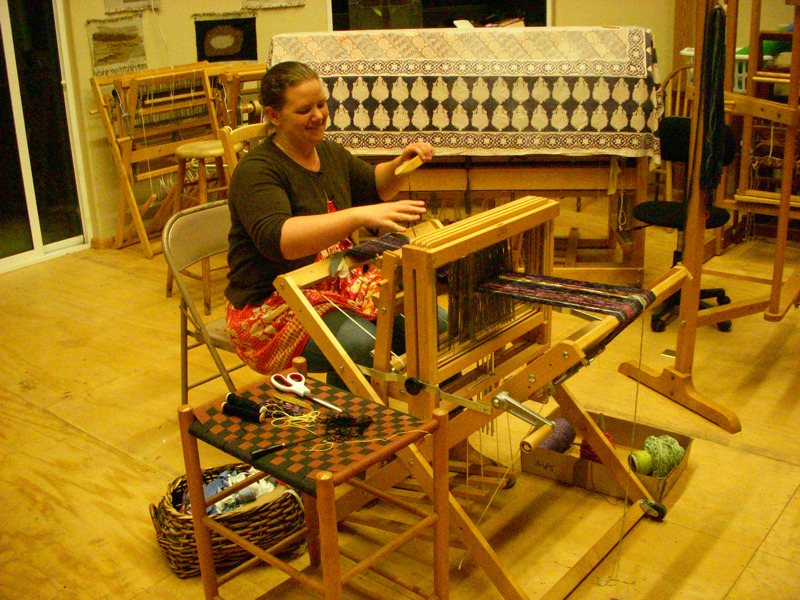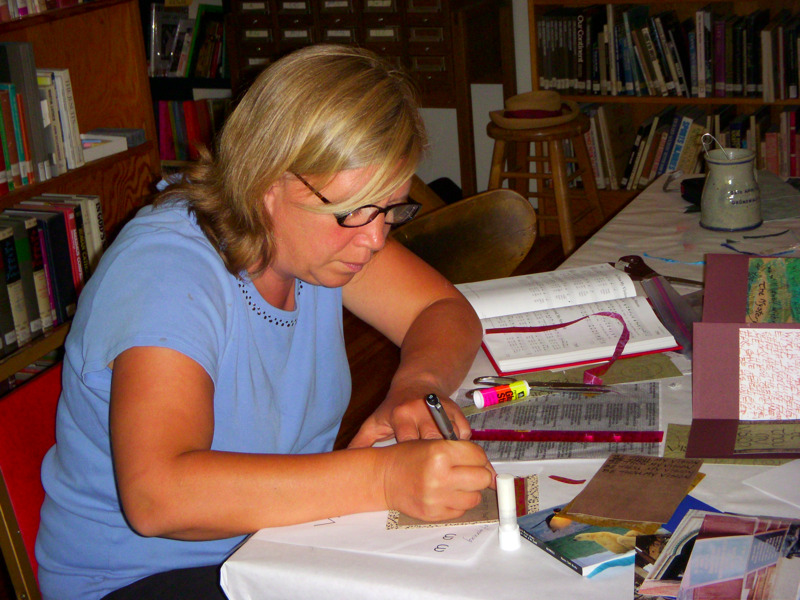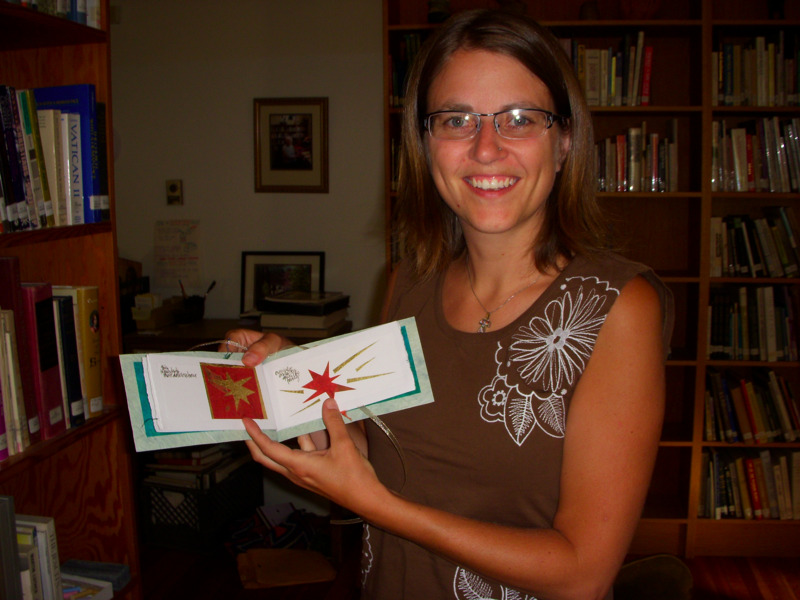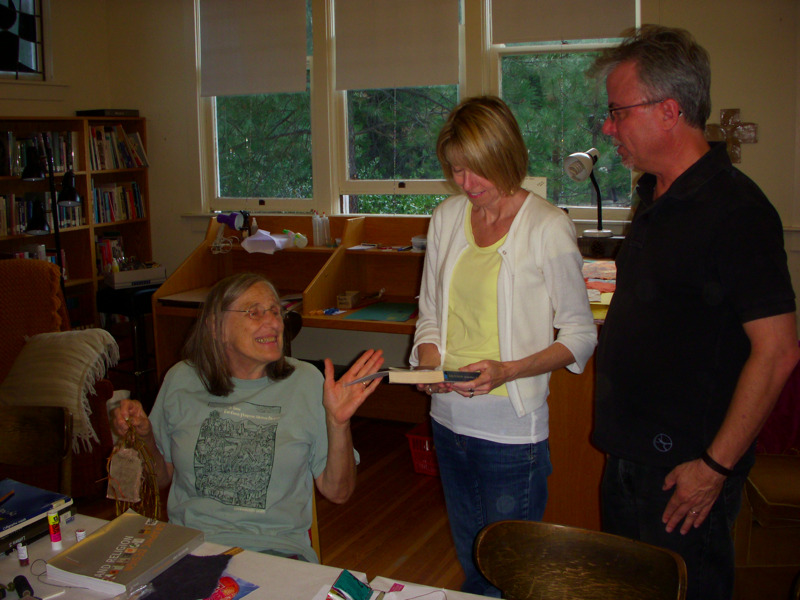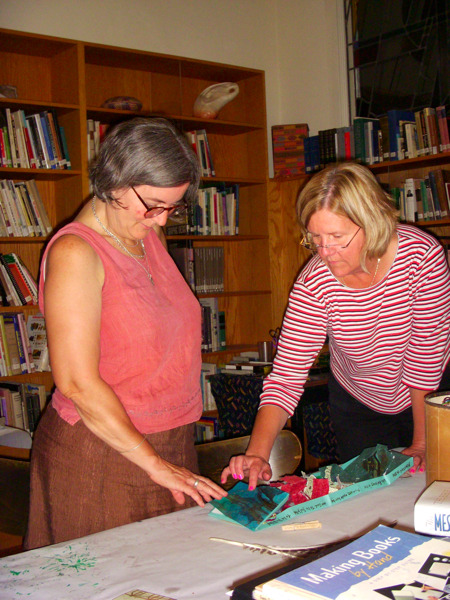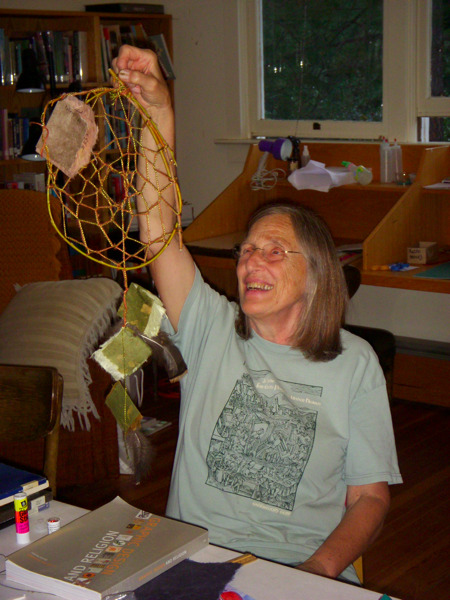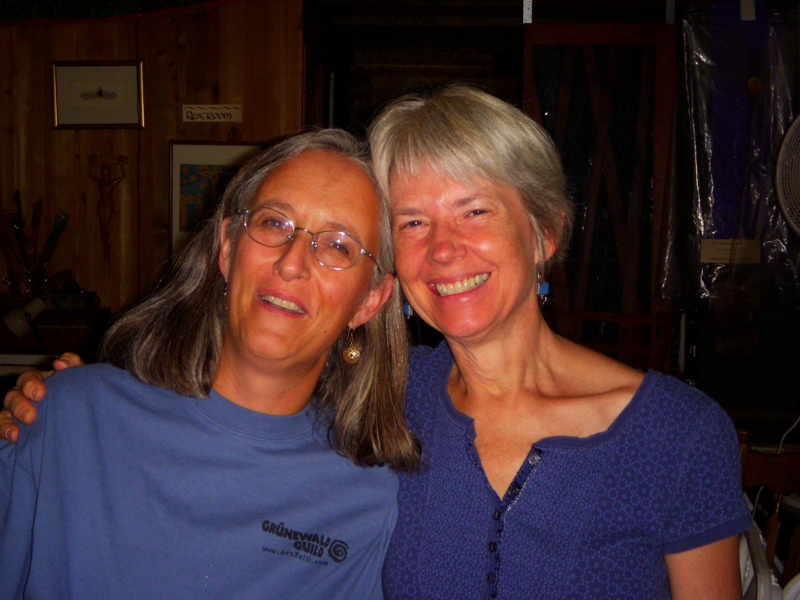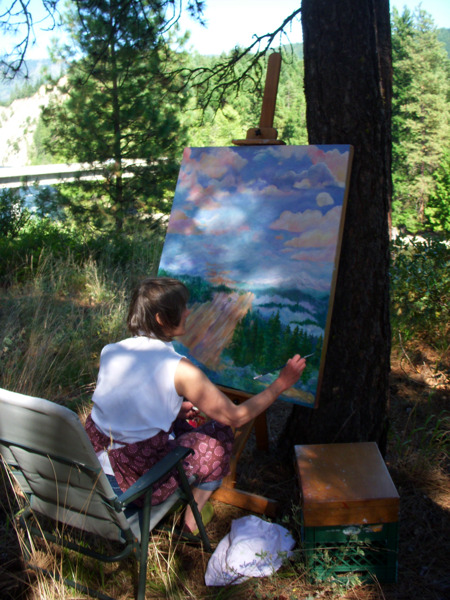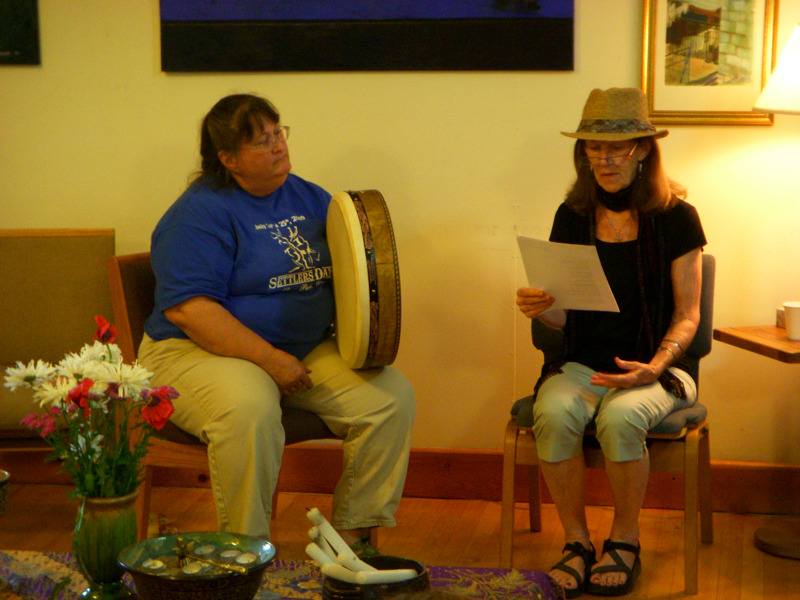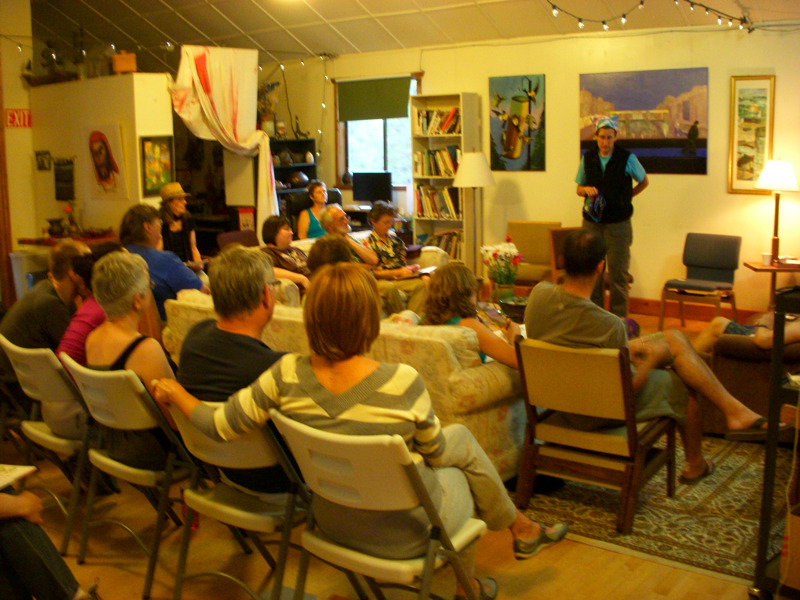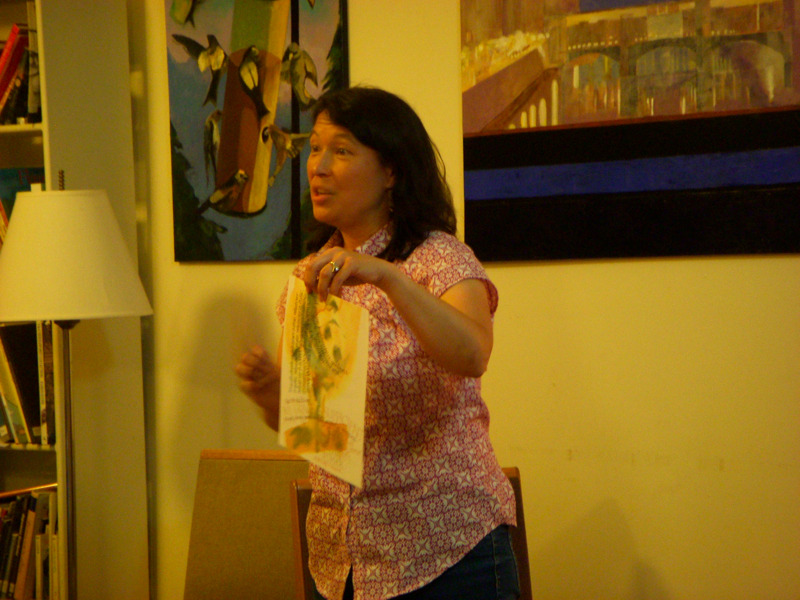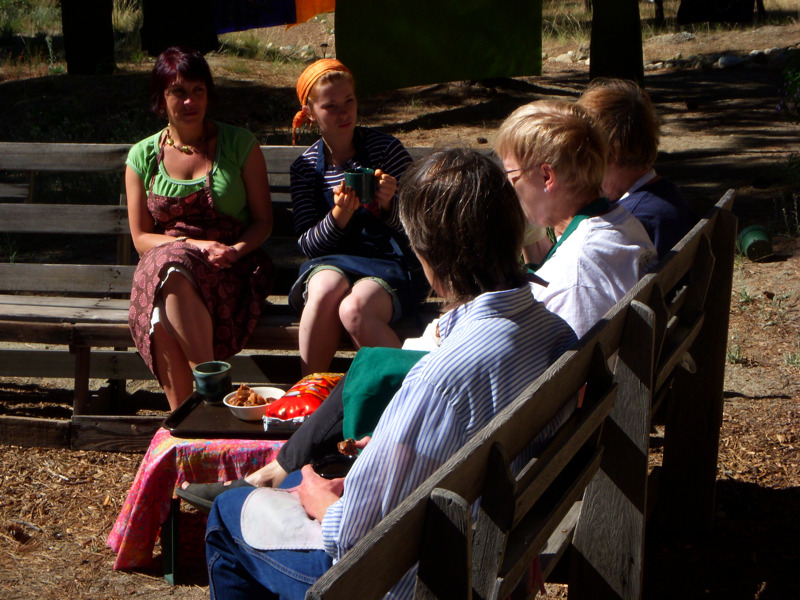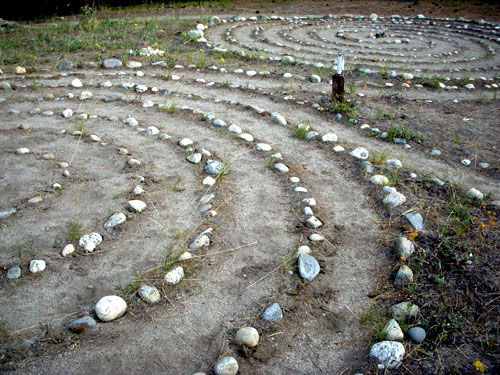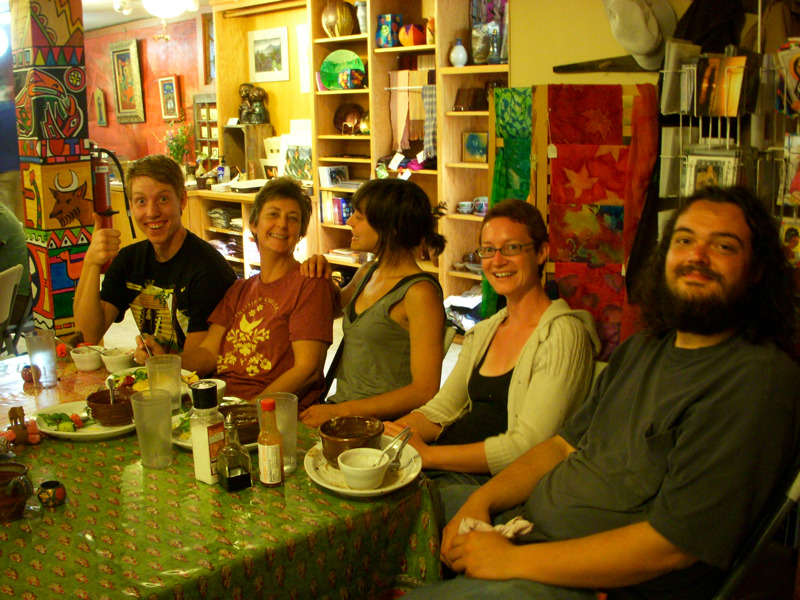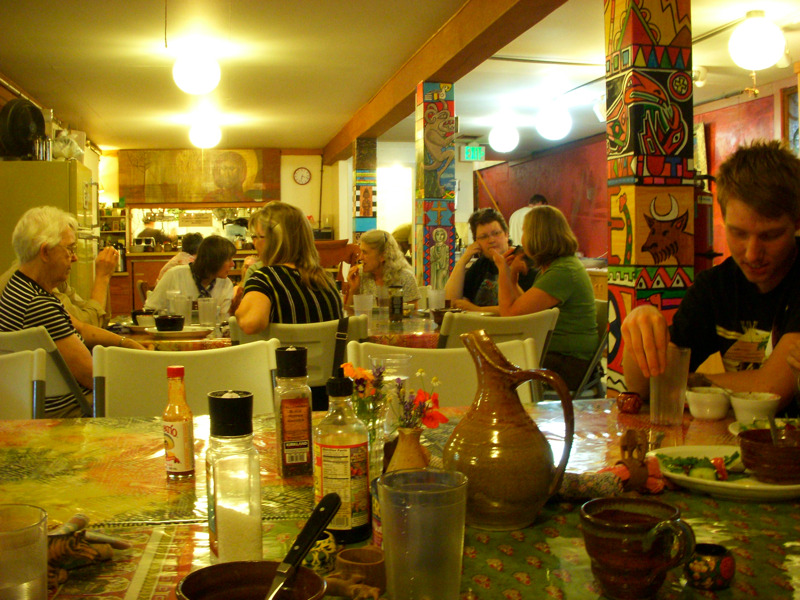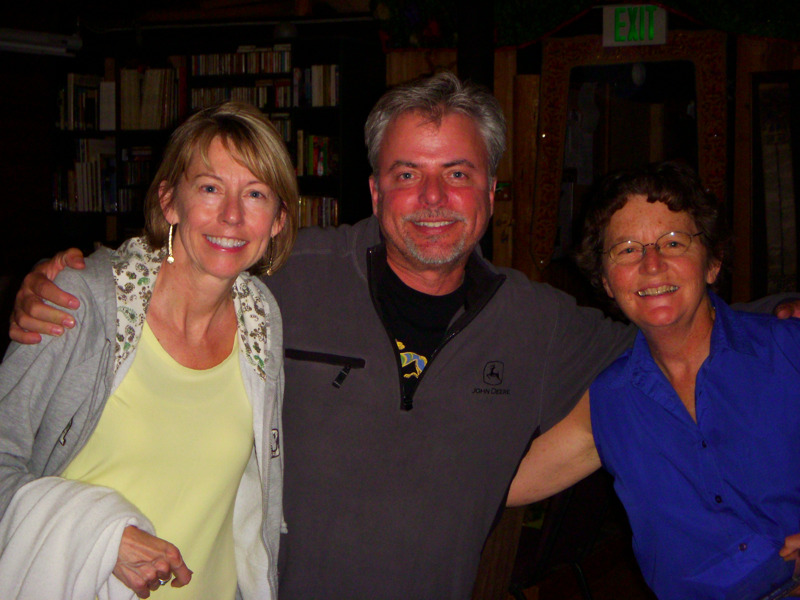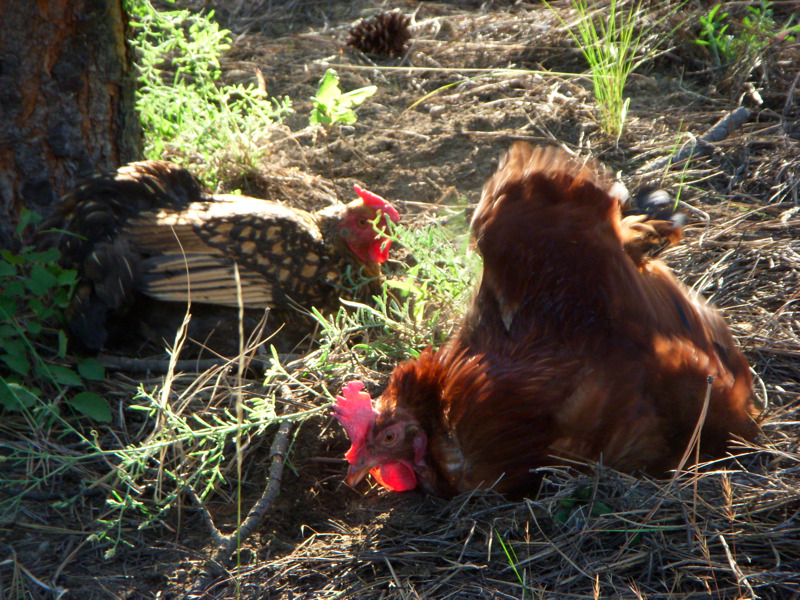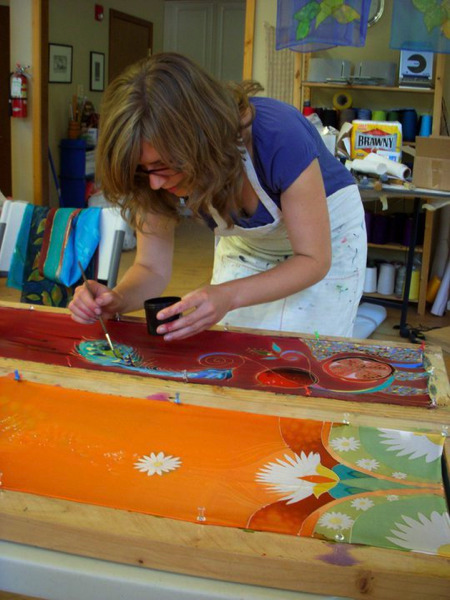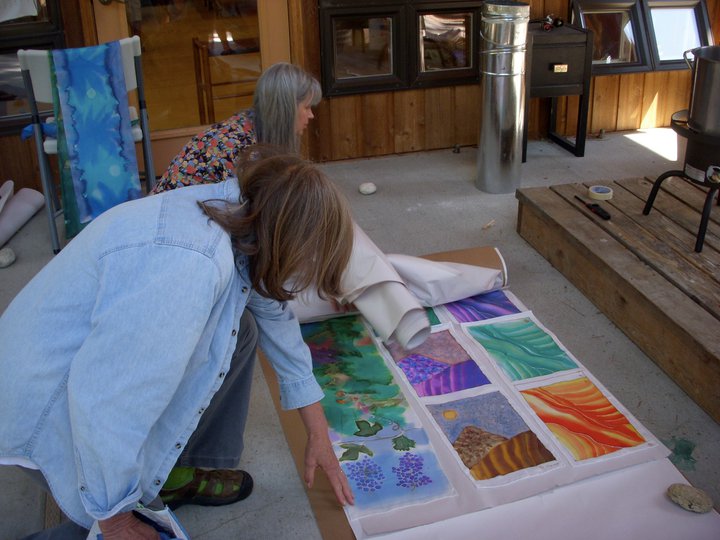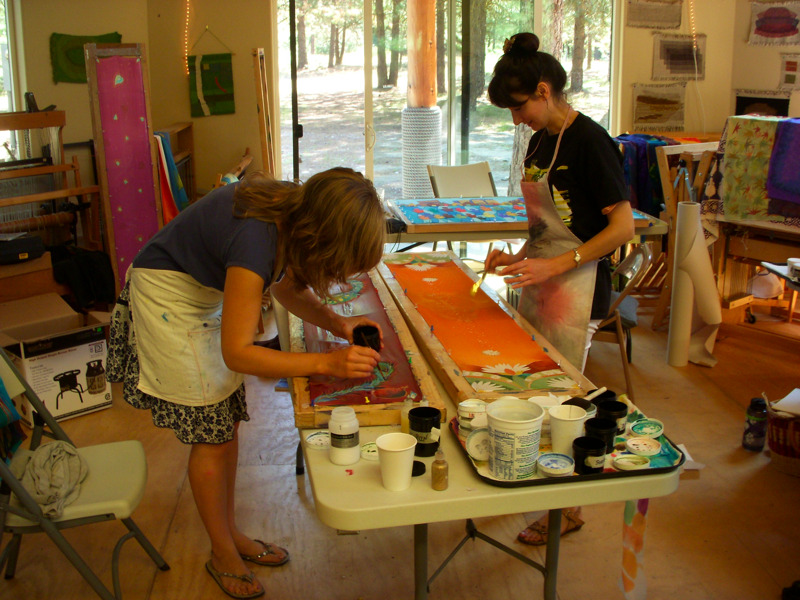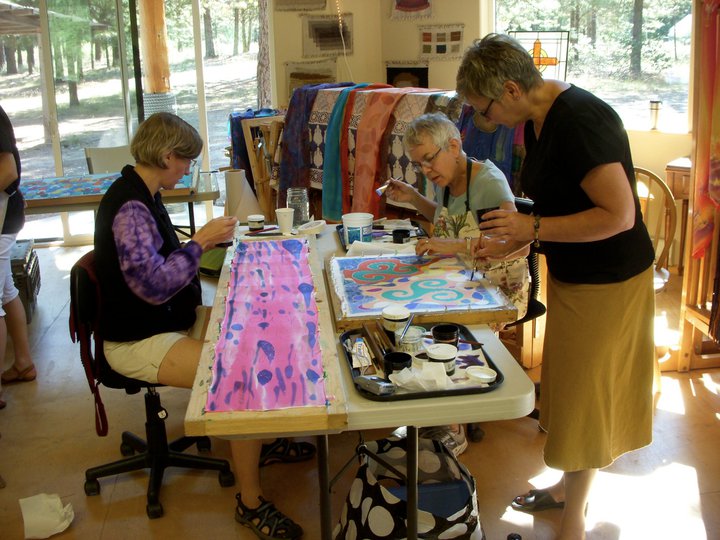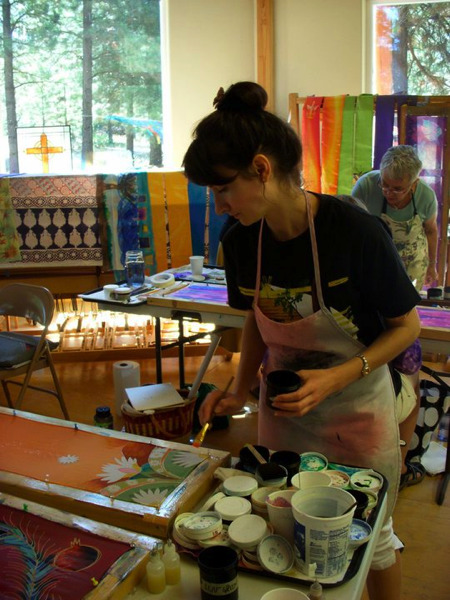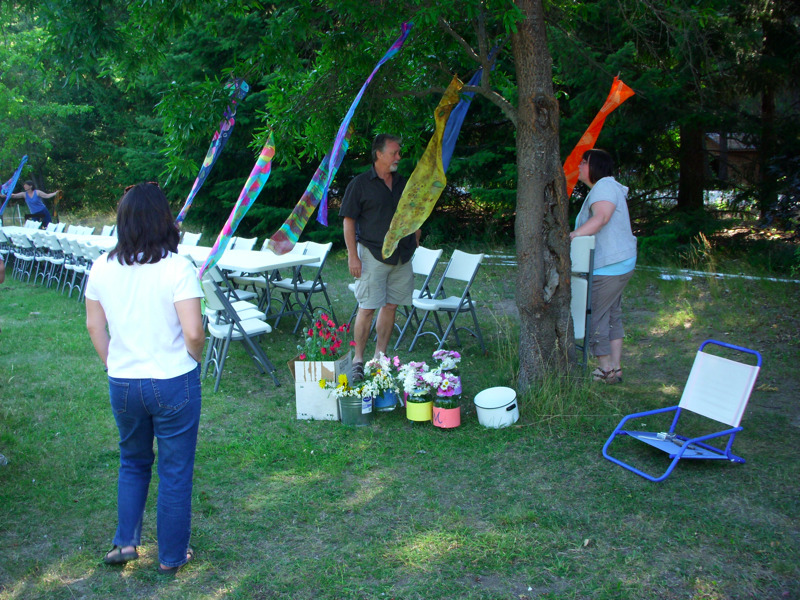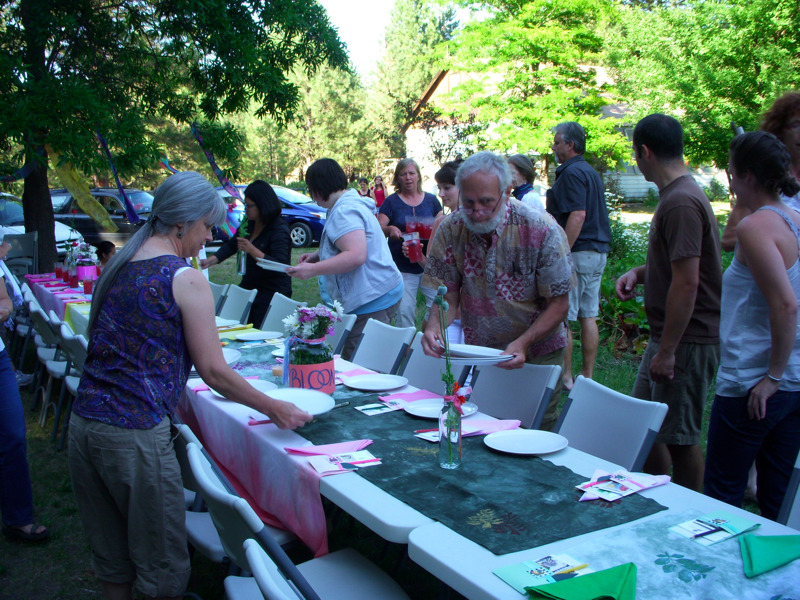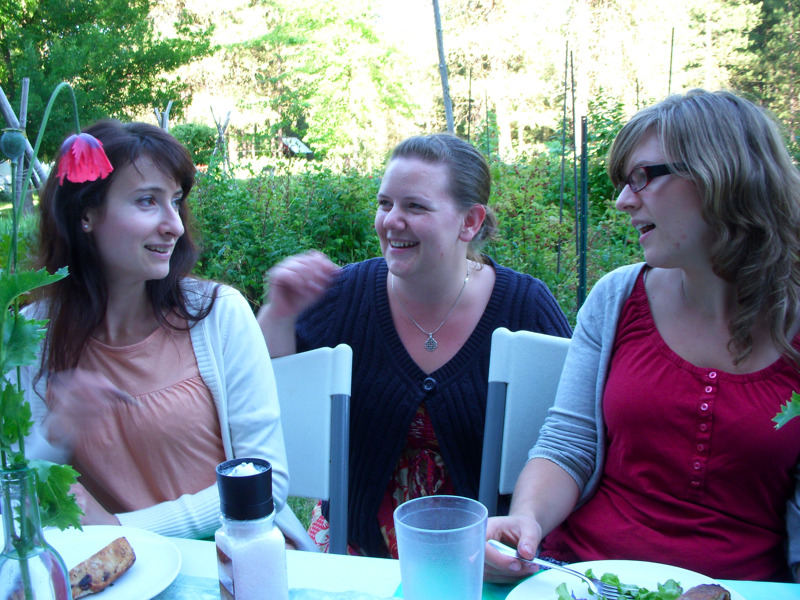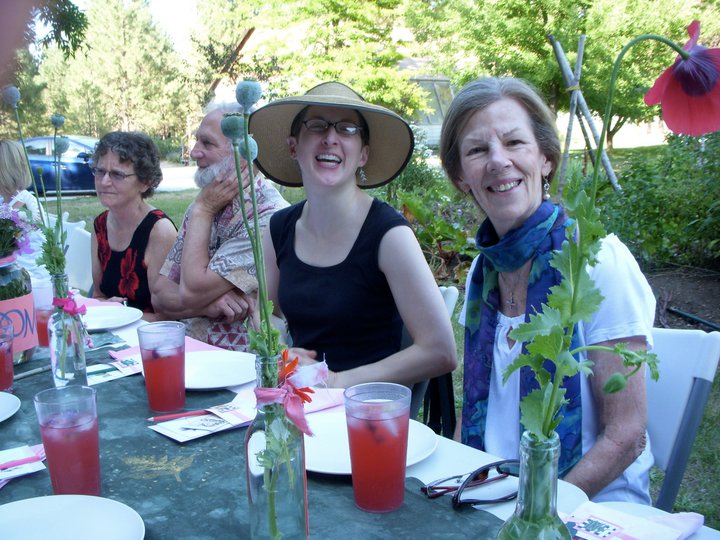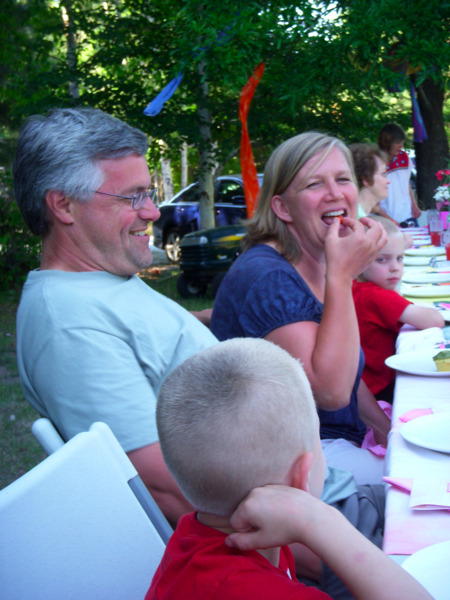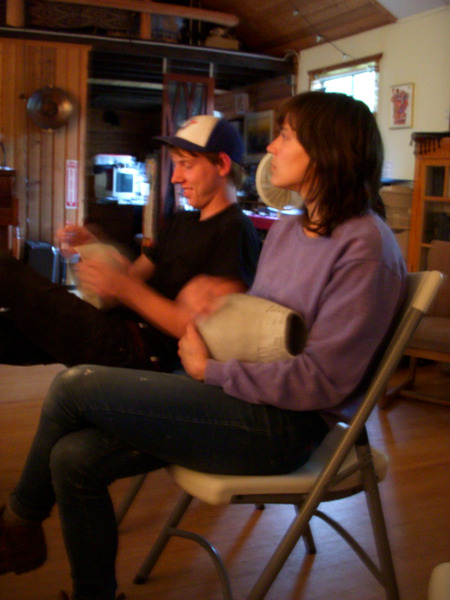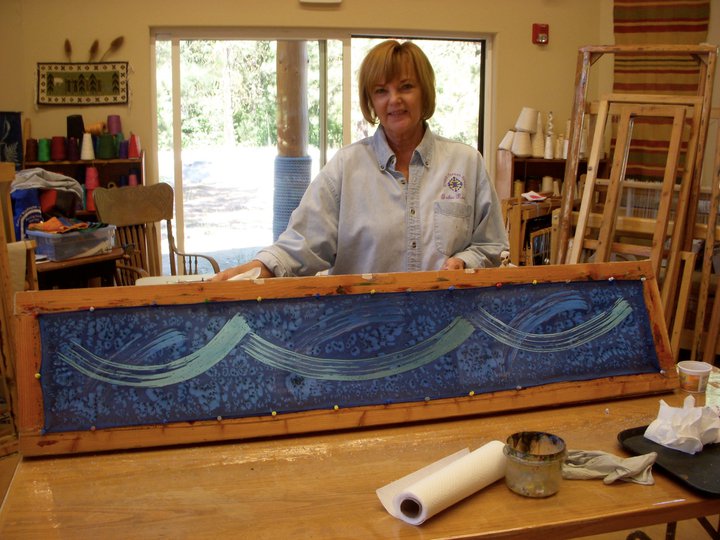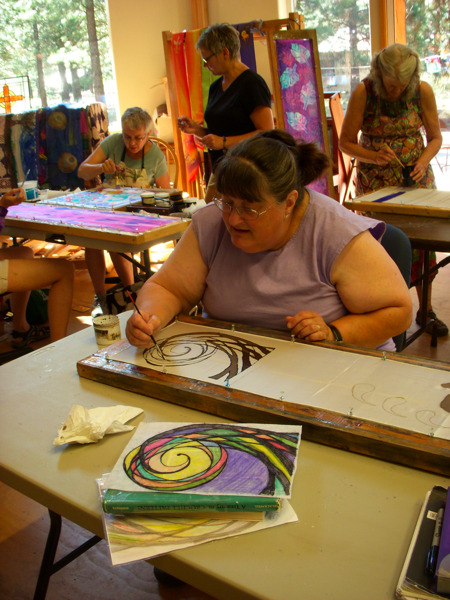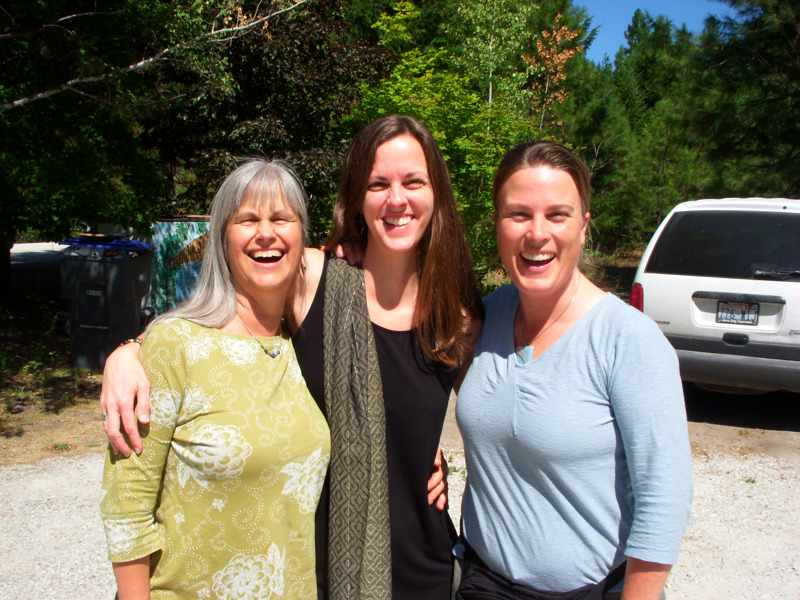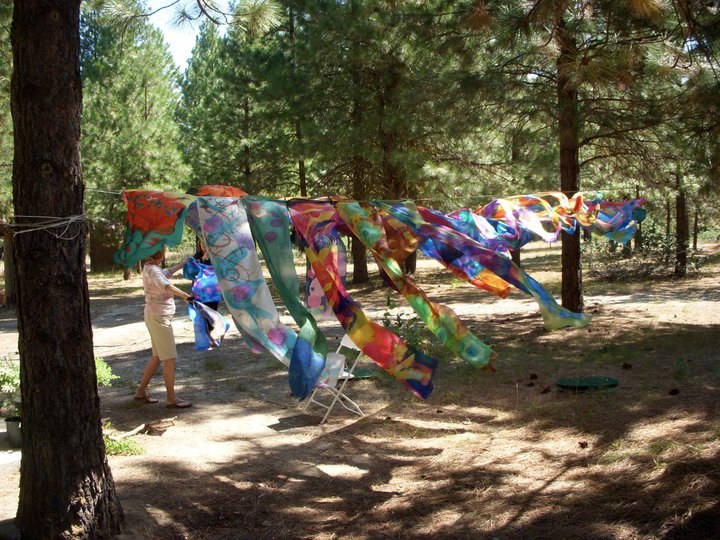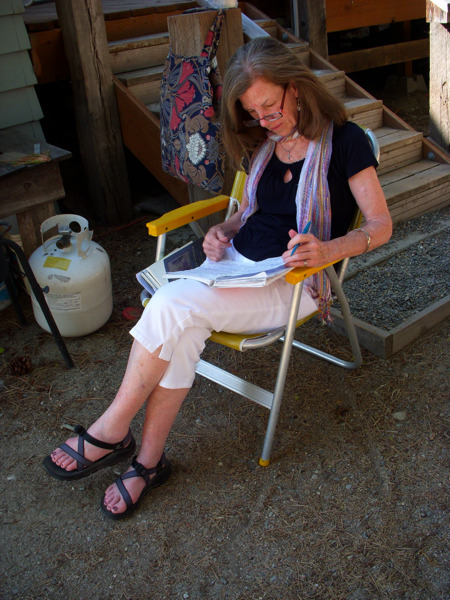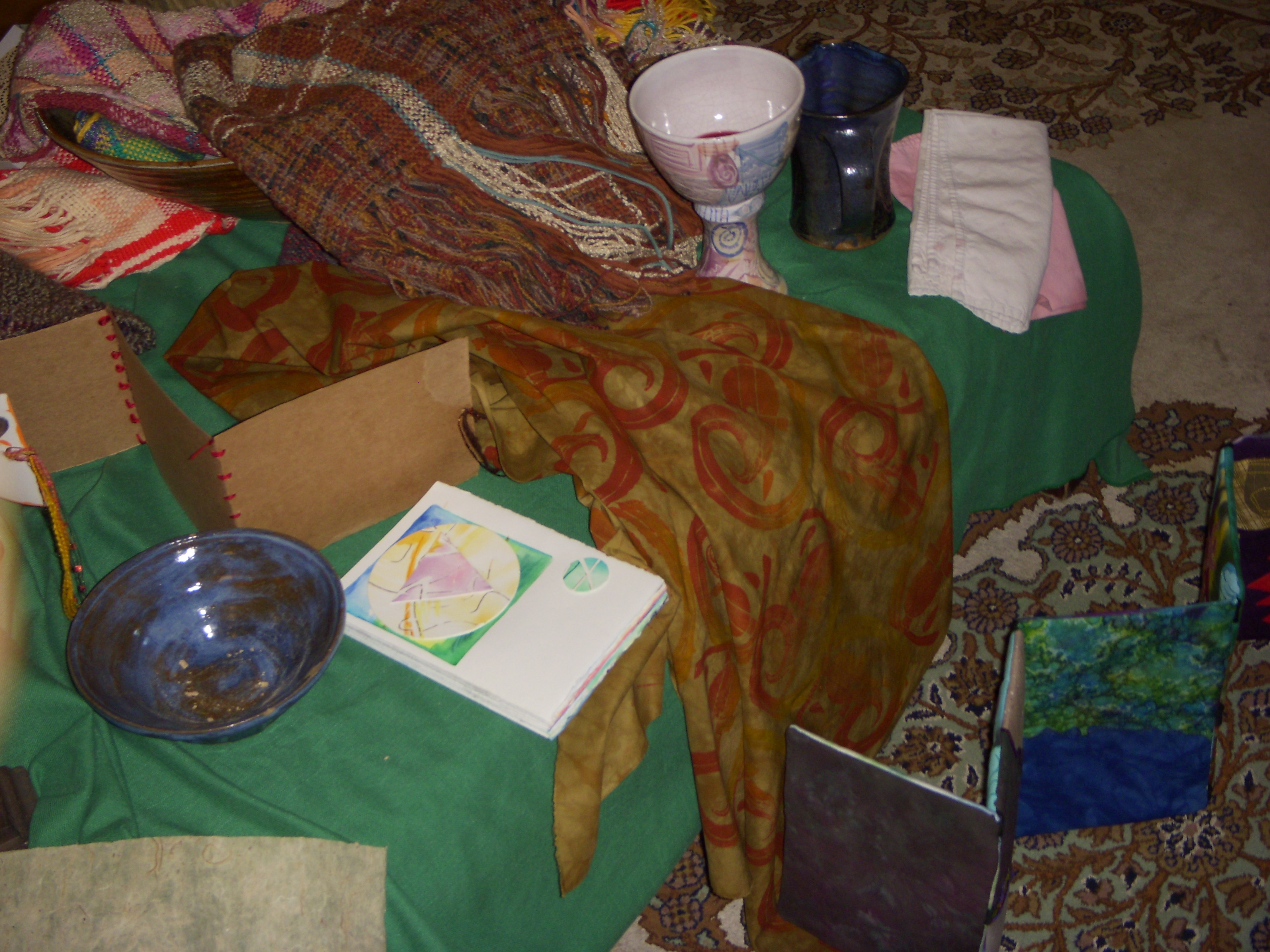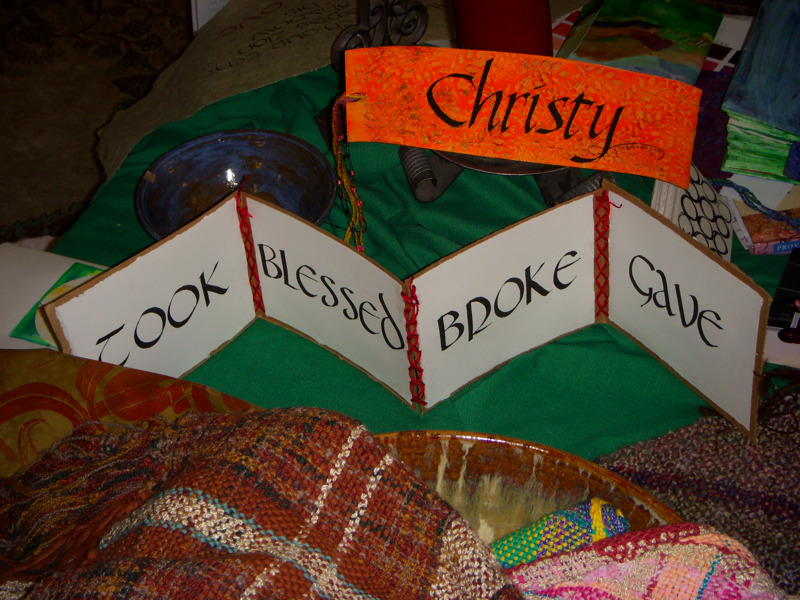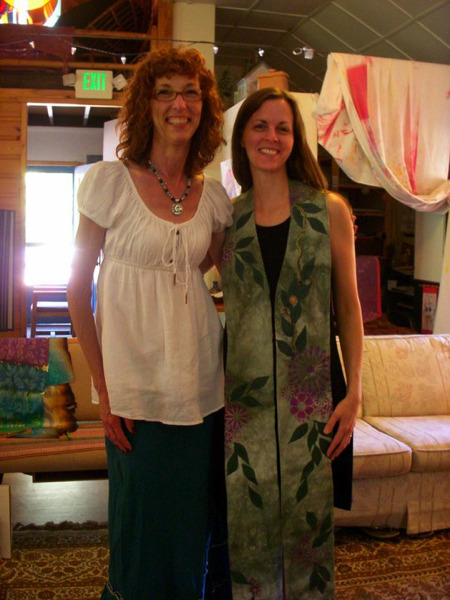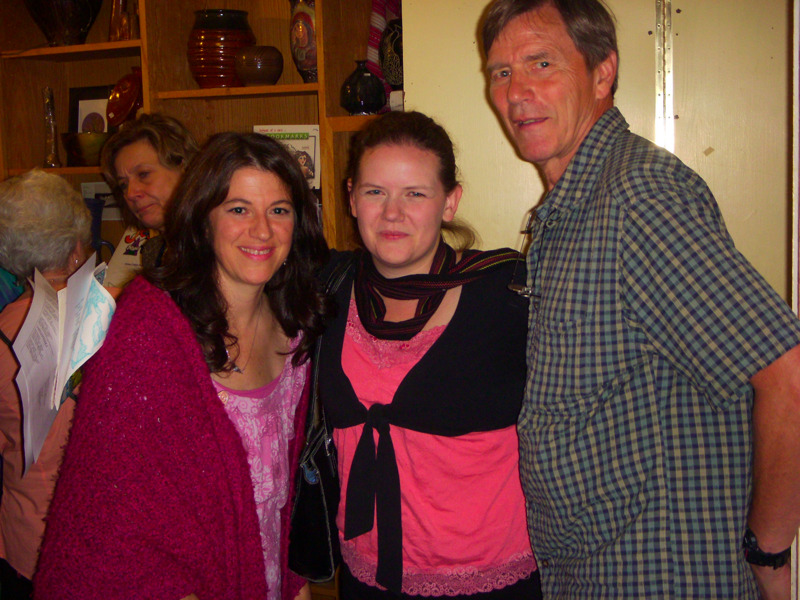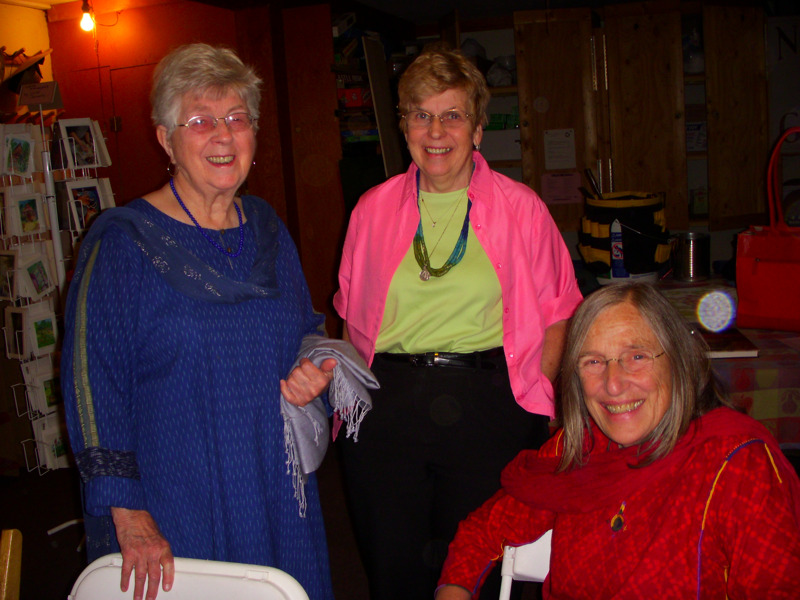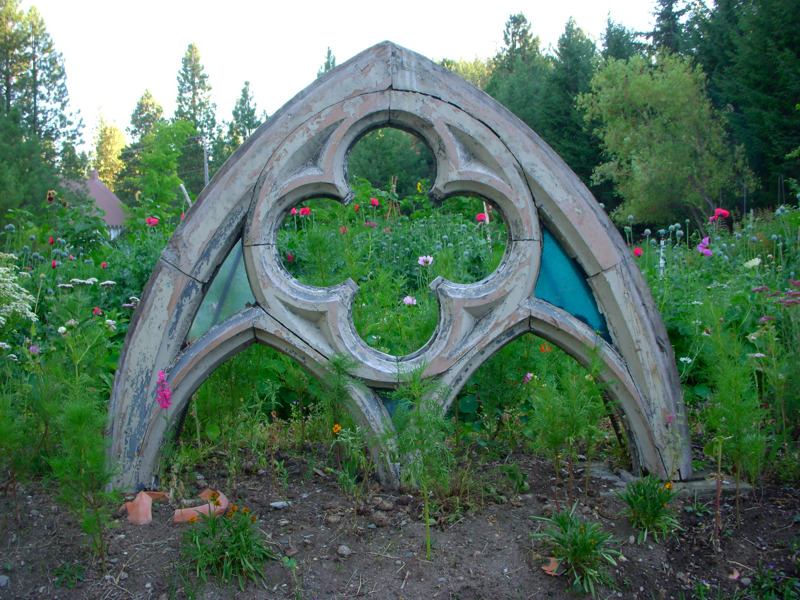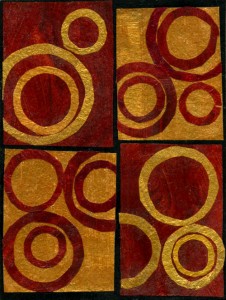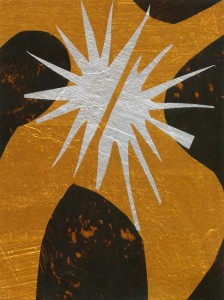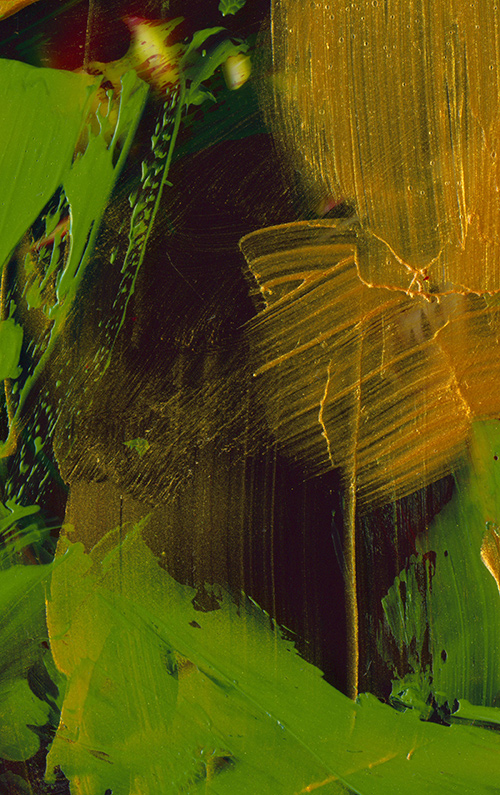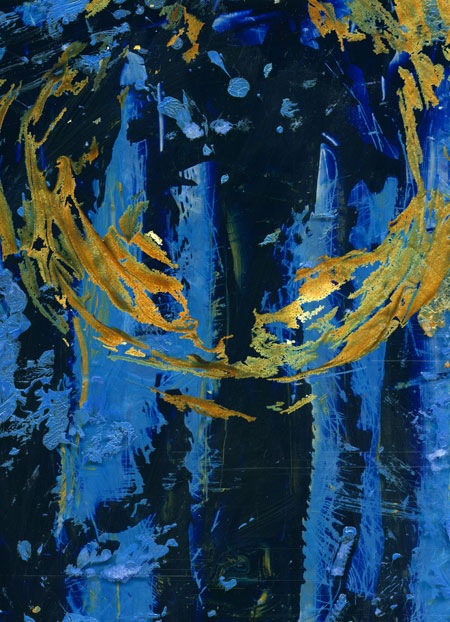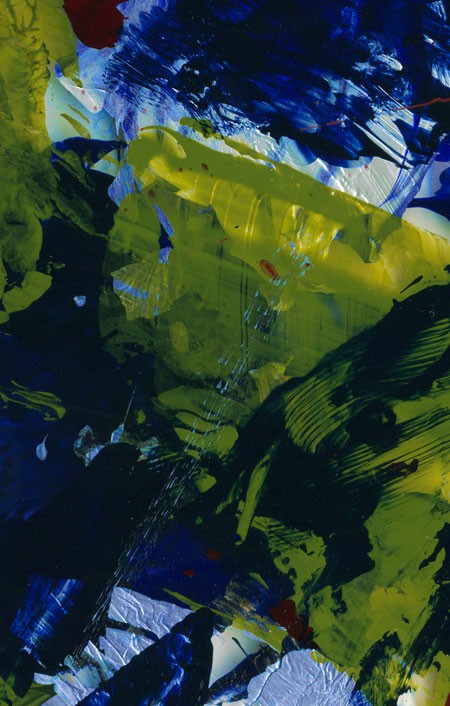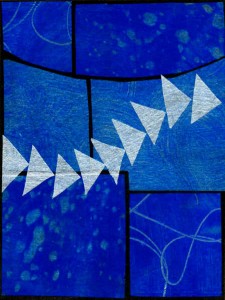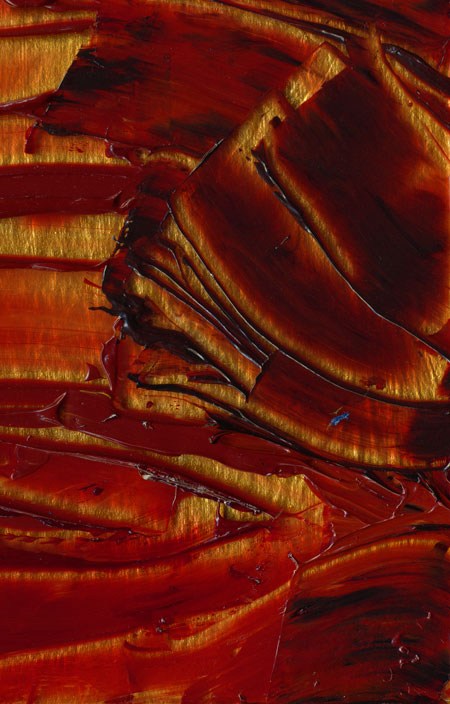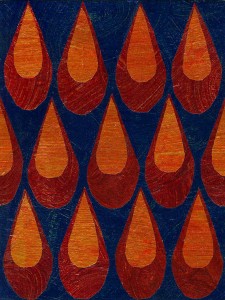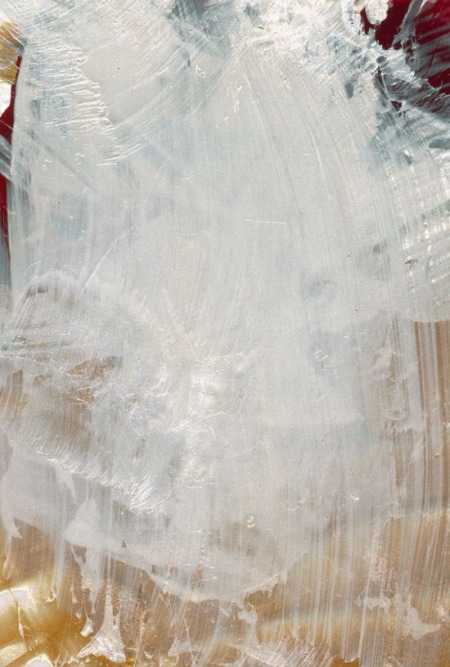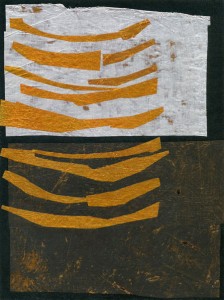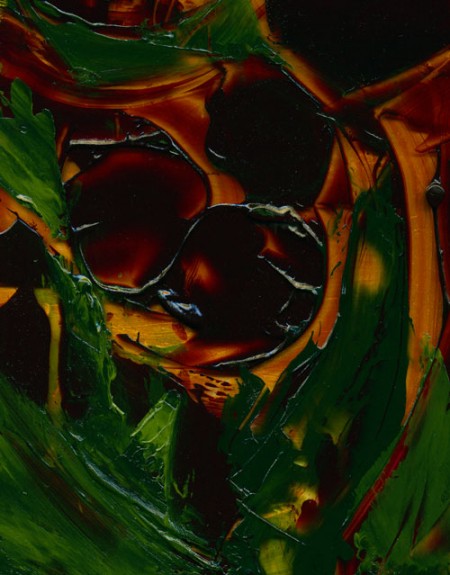The River of John © Jan L. Richardson
Reading from the Gospels, Pentecost +7, Year B (July 15): Mark 6.14-29
Here at the ending of John the Baptist’s life, I find myself thinking back to its beginning. How the angel Gabriel appears to Zechariah to tell him of the longed-for son who will bring joy and gladness. How the joyful John leaps in his mother’s womb when the pregnant Mary comes to visit. How the neighbors rejoice at his birth. How, on the day of her son’s circumcision, Elizabeth declares, “He is to be called John,” to the befuddlement of those who assumed he would be named after his father. How Zechariah, struck mute months earlier when he had expressed his incredulity at Gabriel’s news, reaches for a writing tablet and insists,
His name is John.
It is the name that had accompanied the angel’s stunning news, the name that Gabriel had told Zechariah and Elizabeth to give to their son, the name destined for him. I imagine Zechariah writing it for his neighbors in large letters, scored heavy with emphasis. His wife was not mistaken in the name she gave.
His name is John.
John absorbs the insistent clarity that his parents display in their naming of him. Their strength of purpose passes into him, is borne in his blood, infuses everything that will follow. As he enters the scene as an adult, we see that the one who has been sent to prepare the way, the one who will be known as the Baptist, has himself become like a river whose course is directed not merely by its banks but by an underlying sureness of purpose. John the Waymaker does not waver from the course that is his call.
His name is John.
John had met Jesus when they were in the waters of the womb, had met him again at the waters of the Jordan, had been borne along by the sureness of his call and by the living water he found in his cousin the Christ. At the last, when we meet him in today’s gospel reading, what flows in John’s life is not water but blood, a horrendous libation spilled out at Herod’s feast. I imagine that John goes to his death with the same clarity and steadfastness that marked his birth and his life. That perhaps he heard again the voices of the parents who named him. That before the felling stroke there came an echo of the song that his father, no longer mute, had lifted on the day of John’s naming:
And you, child, will be called the prophet of the Most High;
for you will go before the Lord to prepare his ways,
to give knowledge of salvation to his people
by the forgiveness of their sins.
By the tender mercy of our God,
the dawn from on high will break upon us,
to give light to those who sit in darkness
and in the shadow of death,
to guide our feet into the way of peace. (Luke 1.76-80)
Death does not have the last word in John’s story; blood is not the final legacy of the Baptizer. John had succeeded in making a way for the dawn that his father sang about at his birth. The one who “came as a witness to testify to the light” (John 1.7) had completed his purpose and his call, giving himself with complete abandon. “He himself was not the light,” the Gospel of John points out, yet the Baptist shimmered with steadfast purpose and with the joy that had marked his life from the moment he met Jesus.
His name is John.
The life of John the Baptist was utterly intertwined with the life of Jesus. And yet something about his love of Christ and his singleness of purpose enabled him to remain so much himself. In the fierce and focused rhythm and flow of his living and his dying, the Baptizer beckons us to reckon with what it means to divest ourselves in the service of Christ without becoming diminished, without giving up the self that God created.
His name is John.
And what name is ours? What distinguishes and directs the flow and focus of our lives? What is the purpose we are known for—or that we struggle toward and long for? How do we abandon ourselves to this purpose and to the One who calls us to it, and move ever more deeply into the self that God created us to be?
Blessing
May your life be a river.
May you flow with the purpose
of the One who created
and called you,
who directs your course
and turns you ever
toward home.
May your way shimmer
with the light of Christ
who goes with you
who bears you up
who calls you by name.
May you move
with the grace of the Spirit
who brooded over
the face of the waters
at the beginning
and who will gather you in
at the end.
[To use the image “The River of John” please visit this page at janrichardsonimages.com. Your use of janrichardsonimages.com helps make the ministry of The Painted Prayerbook possible. Thank you!]

